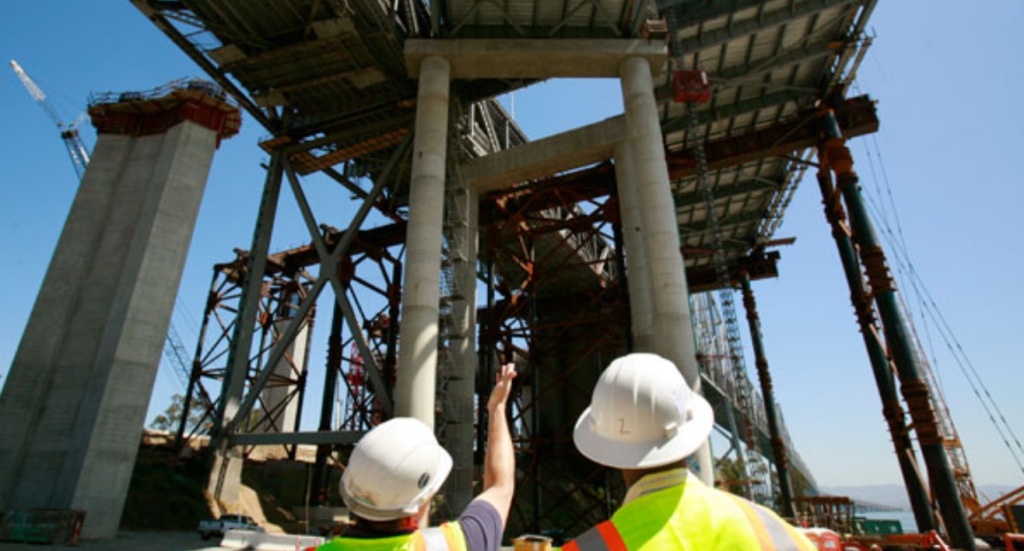CED Unveils Plan for Improving America’s Roads and Bridges
The Committee for Economic Development of The Conference Board (CED) issued a report with recommendations for improving America’s roads and bridges. The study comes in the wake of discussions by Congress and the President to increase investment in repairing, expanding, and modernizing the country’s infrastructure.
As Fixing America’s Roads & Bridges: The Path Forward details, the country’s surface transportation system plays a robust role in facilitating economic activity. In the United States, the National Highway System carries more than 40 percent of highway traffic, 75 percent of heavy truck traffic, and 90 percent of all tourist traffic. Yet deferred maintenance and a growing gap between investment needs and available funds threaten our roads’ and bridges’ ability to deliver safe, reliable transportation.
The report includes the following recommendations to address these challenges:
· Encourage greater private-sector participation in road building and maintenance. The benefits of greater private sector participation include improved project selection that incorporates lifecycle costs into the upfront cost of a project; faster project completion because the risk of delay is transferred to private partners through contractual penalties and rewards; and expedited adoption of cost-saving technologies.
· Improve project selection and foster “modal coordination” across systems. Public officials should consider road, bridge, and other modal investment decisions as part of the larger transportation network and not as standalone projects. Politics, not system needs, often drives project selection, which increases costs. A more data-driven approach to project selection would place greater emphasis on objective engineering reviews.
· Streamline regulatory review and permitting at all levels. Inefficient regulatory review processes often cause long delays and substantially increase project costs. Making processes more efficient should include consulting with all participants in the development and delivery of infrastructure projects. It also should include regular consultation protocols and requirements among all involved agencies, not just federal ones, and extending permitting improvements to smaller infrastructure projects.
· Invest in technology. More investment is needed in technology. Driverless and increasingly autonomous cars, for example, require modernized roads. Moreover, greater use of roadbed sensors to communicate with vehicles, and integration of real-time traffic and weather alerts, should be the norm, not the exception.
· Move toward user fees to fund roads and bridges. This includes increasing reliance on mileage-based user fees, which can fluctuate based on the demand for road space at particular times of day. Greater usage of such fees would provide an equitable, reliable revenue source to cover operational and maintenance costs. Public officials should also consider increasing usage of managed traffic lanes in congested areas. Many travelers are willing to pay a fee (where there currently is none) or a premium (where a fee already exists) to achieve a more reliable travel experience.
· Inform and educate the public. Many Americans are understandably unfamiliar with the complexities of infrastructure funding and believe that their tax dollars already adequately fund roads and bridges. Leaders in both the public and private sectors should work together and communicate the importance of a strong surface transportation system directly to the public to mobilize their interest and support for infrastructure that is second to none.
Category: Featured











